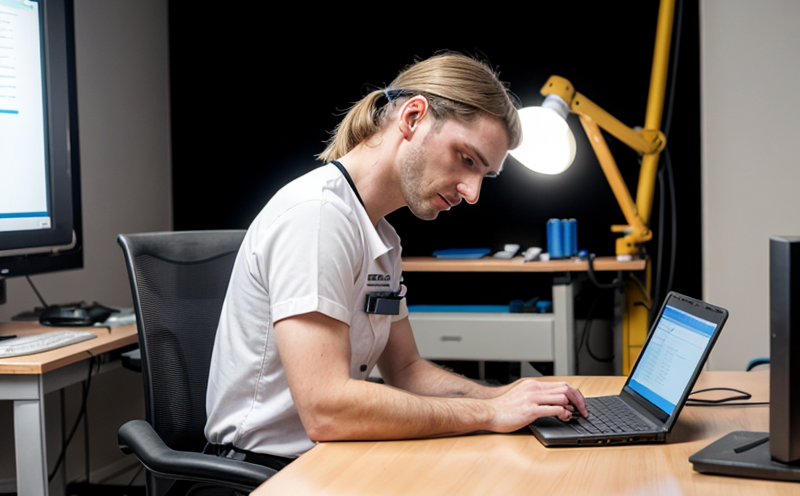ISO 15534 Ergonomic Design Testing Using Human Body Measurements
The ISO 15534 standard is a cornerstone in the field of ergonomic design, providing detailed guidance on how to incorporate human body measurements into the development process for aircraft and aviation equipment. This service ensures that the design phase of products intended for use by humans adheres to ergonomic principles, enhancing user comfort, safety, and overall system efficiency.
The testing procedure involves several steps aimed at ensuring compliance with ISO 15534 requirements. Firstly, a thorough understanding of the relevant human body dimensions is necessary. This includes anthropometric data such as arm length, seat height, leg width, and other critical measurements that affect ergonomic fit. The testing process begins by gathering these precise measurements from real users or using validated datasets.
The next step in the ISO 15534 compliant test involves the selection of appropriate human body models to simulate different user populations accurately. These models are used during mock-up and prototype evaluations to assess how well they fit within the design parameters specified by the standard. The accuracy of these models is crucial, as even minor discrepancies can lead to significant usability issues.
Once the model has been selected, it undergoes a series of functional tests designed to evaluate its interaction with various elements of the equipment being tested. These tests simulate real-world usage scenarios where ergonomic factors play a critical role in determining user satisfaction and operational efficiency. For instance, when testing cockpit controls, the focus is on ensuring that all controls are reachable without strain or discomfort.
The use of advanced simulation tools and software further enhances this process by allowing designers to visualize potential issues early in the development cycle. This not only improves design accuracy but also reduces costly rework later in the production pipeline. Additionally, these simulations enable testing under a wide range of conditions that might be challenging or dangerous to replicate physically.
After completing all physical and virtual tests, detailed reports are generated outlining findings and recommendations for improvements where necessary. These reports serve as valuable resources for ongoing design iterations, ensuring continuous improvement in ergonomic performance across successive generations of products.
To summarize, ISO 15534 compliant testing focuses on integrating human factors into product development through precise anthropometric data collection, accurate model selection, rigorous functional tests, and thorough reporting. By adhering to these stringent protocols, manufacturers can produce safer, more comfortable, and efficient aviation equipment that meets international standards.
Why Choose This Test
- Precise measurement of critical anthropometric data enhances accuracy.
- Use of validated human models simulates real users accurately.
- Incorporation of advanced simulation tools ensures early identification of design flaws.
- Detailed reports provide actionable insights for continuous improvement.
- Ensures compliance with international ergonomic standards.
Customer Impact and Satisfaction
The implementation of ISO 15534 compliant testing has a significant positive impact on both customers and end-users. By adhering to these stringent protocols, manufacturers can produce safer, more comfortable, and efficient aviation equipment that meets international standards. This translates directly into higher levels of customer satisfaction and loyalty as users experience enhanced comfort and reduced risk during operation.
Moreover, compliance with such rigorous testing procedures demonstrates a commitment to quality and safety, which is crucial in the competitive aerospace industry. It also facilitates smoother regulatory approvals and reduces the likelihood of recalls or legal challenges due to design flaws or non-compliance issues.
Use Cases and Application Examples
The application of ISO 15534 testing extends across various aspects of aviation product development. From cockpit layouts to seating arrangements, this standard ensures that every element is designed with the user in mind. For instance, during the design phase of a new aircraft, engineers use ISO 15534 compliant tools and models to ensure all controls are easily accessible and usable by intended users.
In another example, when designing cabin seats for long-haul flights, manufacturers rely on this standard to optimize seat dimensions based on anthropometric data. This ensures that passengers experience greater comfort during extended periods of travel, leading to higher customer satisfaction rates.





